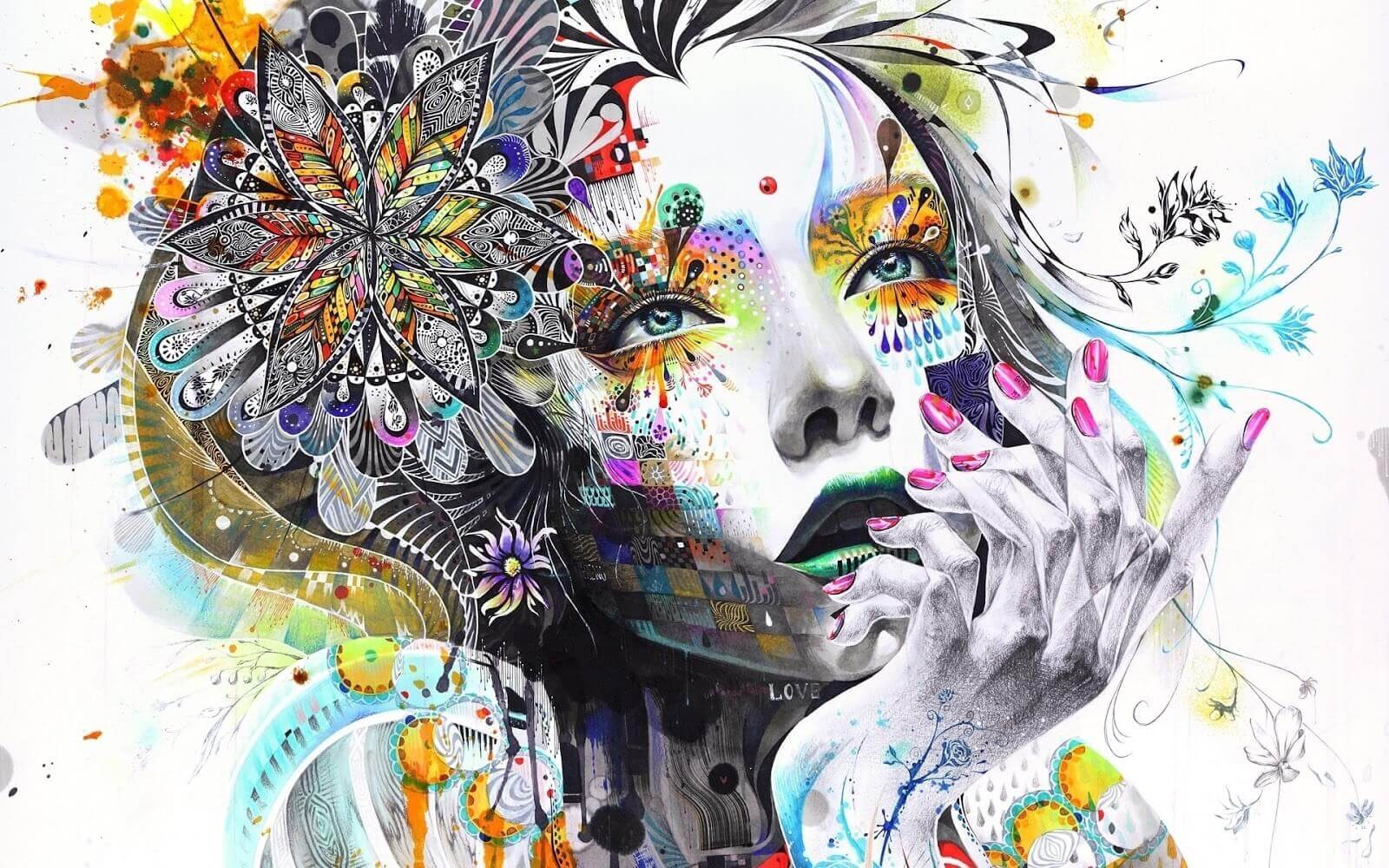Understanding the complexity of life can be a particularly fruitful path to psychological well-being, accepting pain and emotions considered negative in general, considering them a fundamental part of our existence, is an inherent feature of creativity.
Over the past few decades, Western society has had an aversion to pain as one of its most prominent features in almost all its manifestations. In a culture that has accustomed us to immediate consumption and instant gratification, emotions such as sadness, anger, discouragement or frustration have no place.
- These emotions are identified as dysfunctional changes that take us out of the production and consumption channels.
- When we do not renounce pain.
- But include it as an element that constitutes and shapes us.
- Creation begins and is expressed.
Throughout history, many artists and scientists have noted that, at times of least happiness in their lives, they have experienced the highest levels of creativity.
Neuroscience has shed light on the connections that open the door to creativity. A study by Dr. Roger Beaty notes that people with higher creative levels have a greater connection between two areas of the brain that are generally out of sync.
From this research it was also clear that people who have a greater commitment, that is, people who are open to deepening their emotions, are more open to inspiration; this is a more reliable indicator of creativity than intellectually.
Other studies have shown that when individuals find themselves in unusual environments where emotions conflict, creativity increases, this happens through the brain, which is forced to make associations that they would never make in normal situations.
As for emotions, it has also been shown that positive emotional states can stimulate creativity, allowing you to produce more ideas, but not necessarily more original, in the case of negative emotions, such as sadness, anger, melancholy and disappointment. , help people produce more ideas when the creative task is considered interesting. Thus, the individual of negative humor finds in the creative process a remedy to return to a neutral or positive emotional state.
Sir Ken Robinson, an educator, writer and expert on creative subjects, was appointed lord by the Queen of England for incorporating art classes into the curriculum and denounced at the TED conference more view of history than the school with traditional educational planning kills emotions and creativity.
His research shows how 90% of preschoolers have high levels of creative thinking and during their school years, among those same children who are already 12, only 20% manage to maintain these divergent levels of thinking.
However, creativity is an increasingly required quality in 21st century society. Numerous studies have shown that an individual’s emotional characteristics have a specific impact on their creative and artistic ability.
There are many psychological processes that influence the manifestation of this ability, including the tendency to maintain positive moods, related to dopamine release, which facilitates the flexible development of attention and the ability to develop more cognitive perspectives.
Negative emotional states influence creativity, but in the opposite direction, during the pain and sadness phase, the creative impulse is often linked to a more specific type of creative work and production, such as music and writing.
While emotions are linked to creativity, they relate in a way that depends heavily on the type of task, some researchers understand that positive moods affect the perception phases and the final phase of the artistic creation process, while negative states affect the early stages of preparation, incubation, and idealization.

